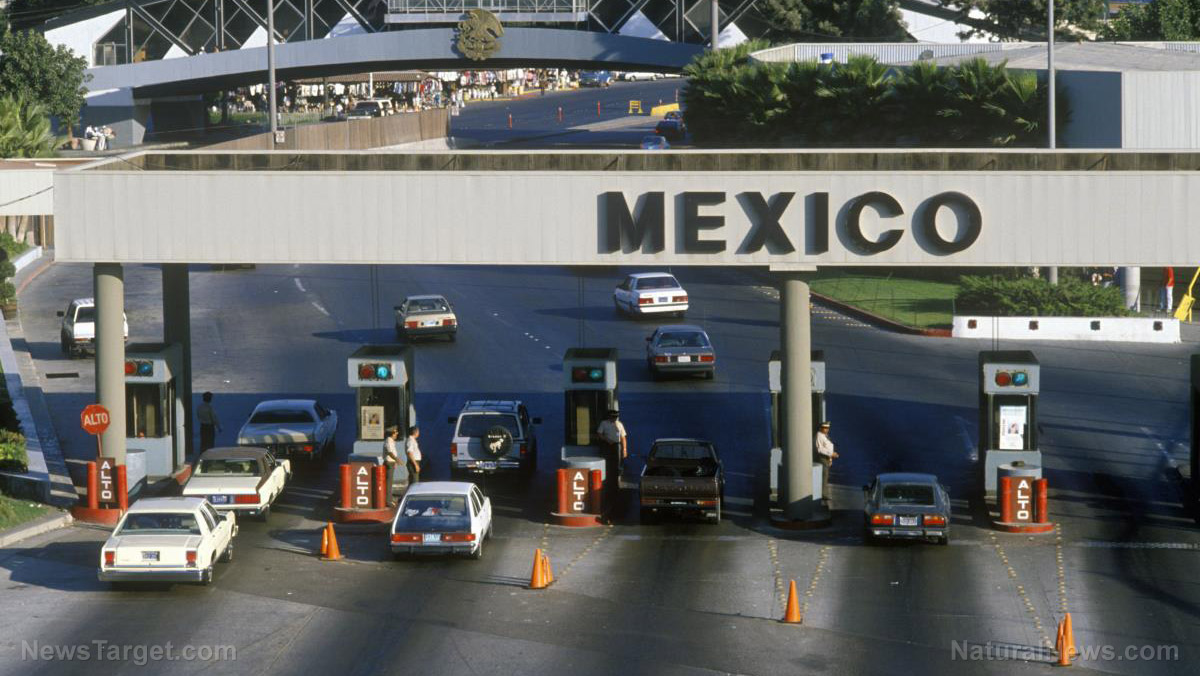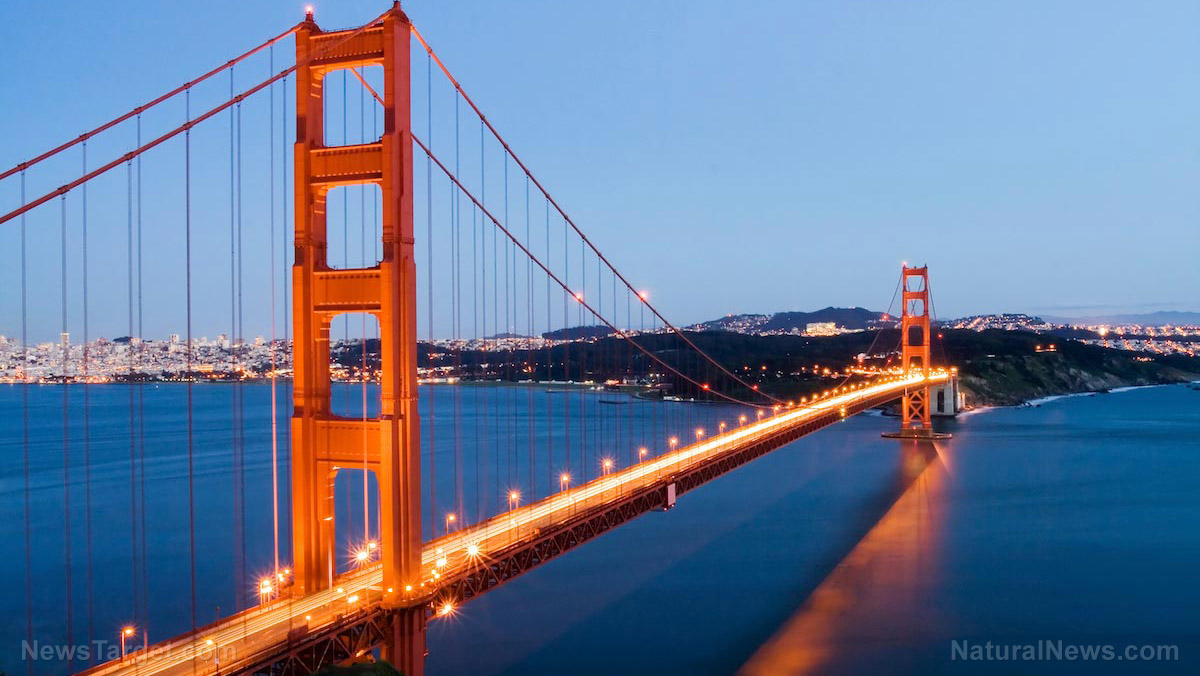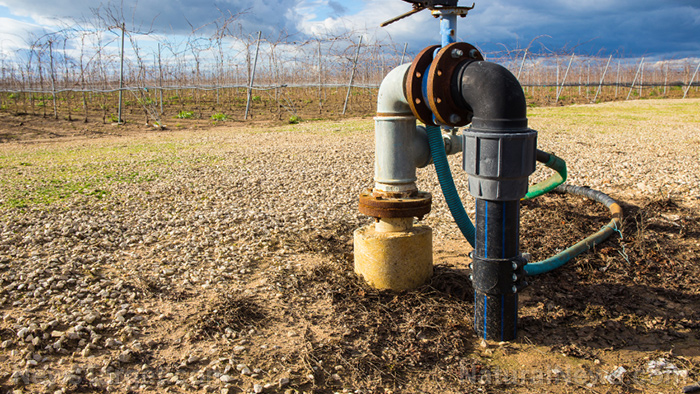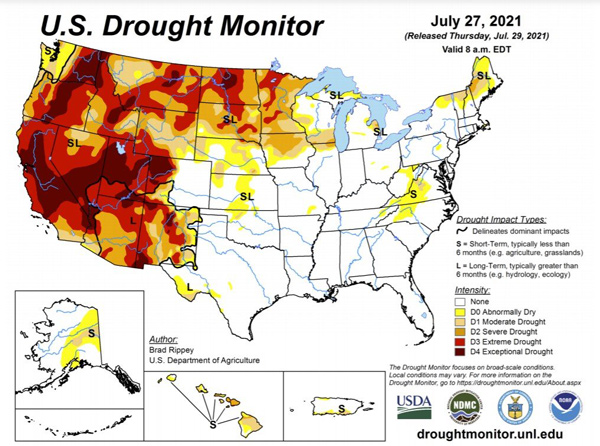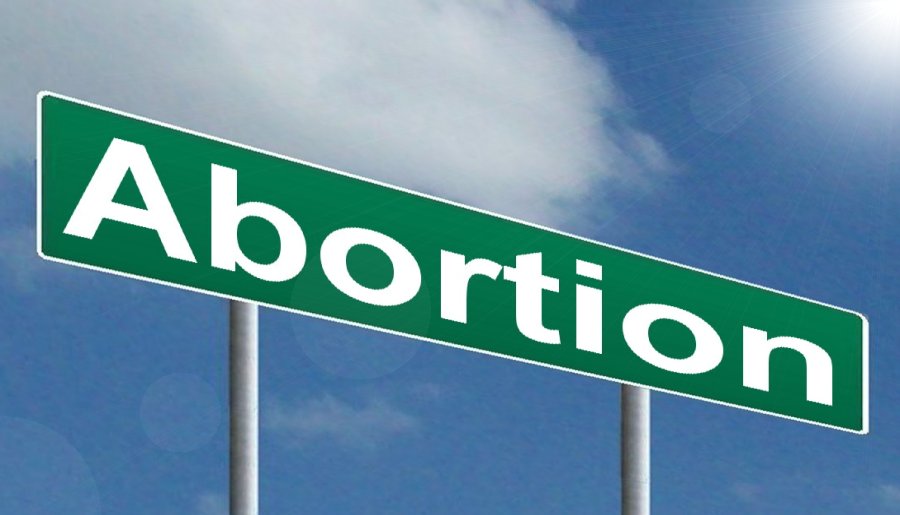Colorado River water levels too low; major water cutbacks imminent
06/21/2022 / By Mary Villareal

Colorado River reservoirs are now at very low levels, to the point that major water cutbacks are necessary to reduce the risk of supplies reaching perilously low levels.
During a Senate hearing in Washington, Bureau of Reclamation Commissioner Camille Calimlim Touton said federal officials believe that protecting “critical levels” at Lake Mead and Lake Powell – the country’s two largest reservoirs – will require larger reductions in water deliveries.
Touton told the Senate Energy and Natural Resources Committee that they are seeing a warmer, drier West unlike anything that people have seen in history.
The necessary cuts will amount to between two million and four million acre-feet next year. To put this into perspective, the entire state of California is entitled to 4.4 million acre-feet of Colorado River water per year, while Arizona is allotted 2.8 million.
The push for a new emergency deal to cope with the shrinking of the Colorado River came just seven months after officials from California, Arizona and Nevada signed an agreement to take significantly less water out of Lake Mead. This came six weeks after the federal government announced that it is holding back a large quantity of water in Lake Powell to reduce risks of the reservoir dropping to a point where Glen Canyon Dam could no longer generate electricity. (Related: With water running out, California faces grim summer of dangerous heat, extreme drought.)
Despite the states’ efforts and a previous deal to share shortages, the reservoirs stand at or near record-low levels. Lake Mead, near Las Vegas, has dropped to only 28 percent of its full capacity, while Lake Powell, on the Utah-Arizona border, is at 27 percent.
According to Touton, it is critical to get more cutbacks, and her agency is now in talks with seven other states that depend on the river to develop a plan for reductions in the next 60 days. She also warned that the Bureau of Reclamation has the authority to act unilaterally to protect the system and will do so if necessary.
Touton did not explain in detail what such protections would entail. The Department of the Interior could impose cuts if the states fail to reach an agreement. She said that her agency is now working with states and tribes in having the discussion, adding that they need to see the work and see action and that they have to stay at the table until the job is done.
Meanwhile, local governments and water utilities are now imposing restrictions on water usage, with the Metropolitan Water District of Southern California instituting limits on outdoor watering..
Over-allocation of the Colorado River
The river has been over-allocated, and the reservoirs have declined dramatically since 2000 when a severe drought struck, which some scientists described as the long-term “aridification” of the southwest.
John Entsminger, general manager of the Southern Nevada Water Authority, which supplies the Las Vegas area, pointed out that Lake Mead’s water level, which is now 1,045 feet above sea level, has continued to decline to critically low levels. Hoover Dam could still release water down to a level of 895 feet, but any lower, and water could no longer pass through the dam to supply California, Arizona and Mexico.
“We are 150 feet from 25 million Americans losing access to the Colorado River, and the rate of decline is accelerating,” he told senators. He also said that avoiding “potentially catastrophic conditions” will require reductions that water managers previously considered to be unattainable.
While talking with representatives of other states, Entsminger said they all recognize the urgency of the situation and are working toward increasing conservation efforts. However, he noted that there is no way around the crisis, and cities alone cannot address the issue. (Related: Drought-stricken Texas finally gets some rain, but it may not be enough to save crops and cattle.)
Entsminger further noted that roughly 80 percent of the river’s flow is used for agriculture – toward thirsty crops like the alfalfa, which is mainly grown for cattle both in the U.S. and overseas. Entsminger said farmers should carefully consider crop selection and make the investments necessary to optimize irrigation efficiency.
“By reducing their use of Colorado River water, agricultural entities are protecting their own interests,” he said.
The federal government already declared a shortage on the Colorado River for the first time last year, triggering substantial cutbacks in water deliveries to Arizona, Nevada and Mexico. Farmers in parts of Arizona also left some fields dry and unplanted, turning instead to more groundwater pumping.
Follow WaterWars.news for more information about water shortages in the United States.
Watch the video below for information about the water reservoirs, food shortages and more.
This video is from the High Hopes channel on Brighteon.com.
More related stories:
California water use jumped dramatically despite Governor Newsom’s pleas for conservation.
Collapsifornia: California Gov. Gavin Newsom to mandate rationing of water, food and energy.
Sources include:
Submit a correction >>
Tagged Under:
Arizona, California, chaos, clean water, climate, Collapse, Colorado River, disaster, Drought, environment, Lake Mead, Lake Powell, Mexico, panic, rationing, tap water, water rationing, water reservoirs, water shortage, water supply, Water Wars
This article may contain statements that reflect the opinion of the author
RECENT NEWS & ARTICLES
COPYRIGHT © 2017 CALIFORNIACOLLAPSE.NEWS
All content posted on this site is protected under Free Speech. CaliforniaCollapse.news is not responsible for content written by contributing authors. The information on this site is provided for educational and entertainment purposes only. It is not intended as a substitute for professional advice of any kind. CaliforniaCollapse.news assumes no responsibility for the use or misuse of this material. All trademarks, registered trademarks and service marks mentioned on this site are the property of their respective owners.

